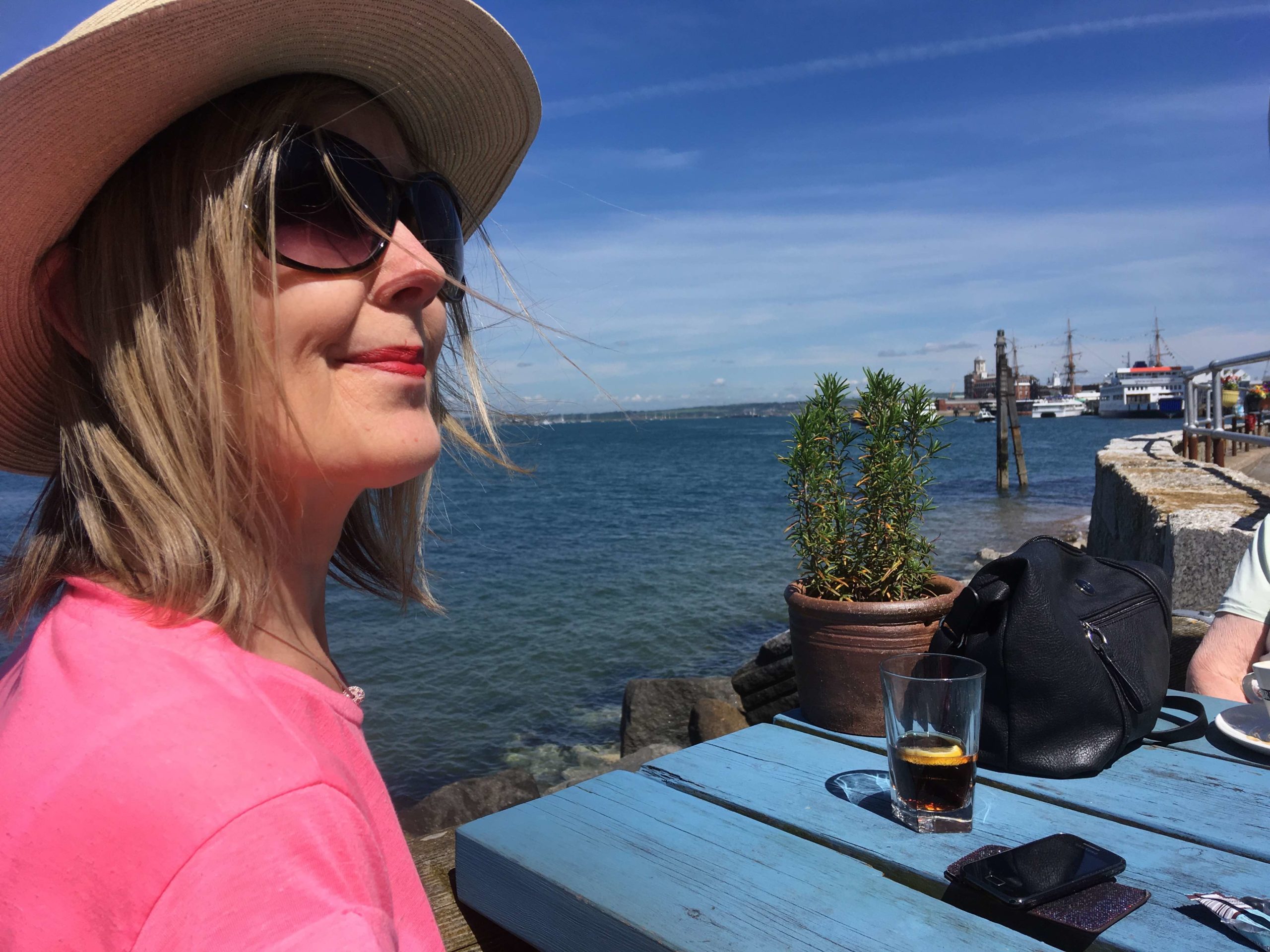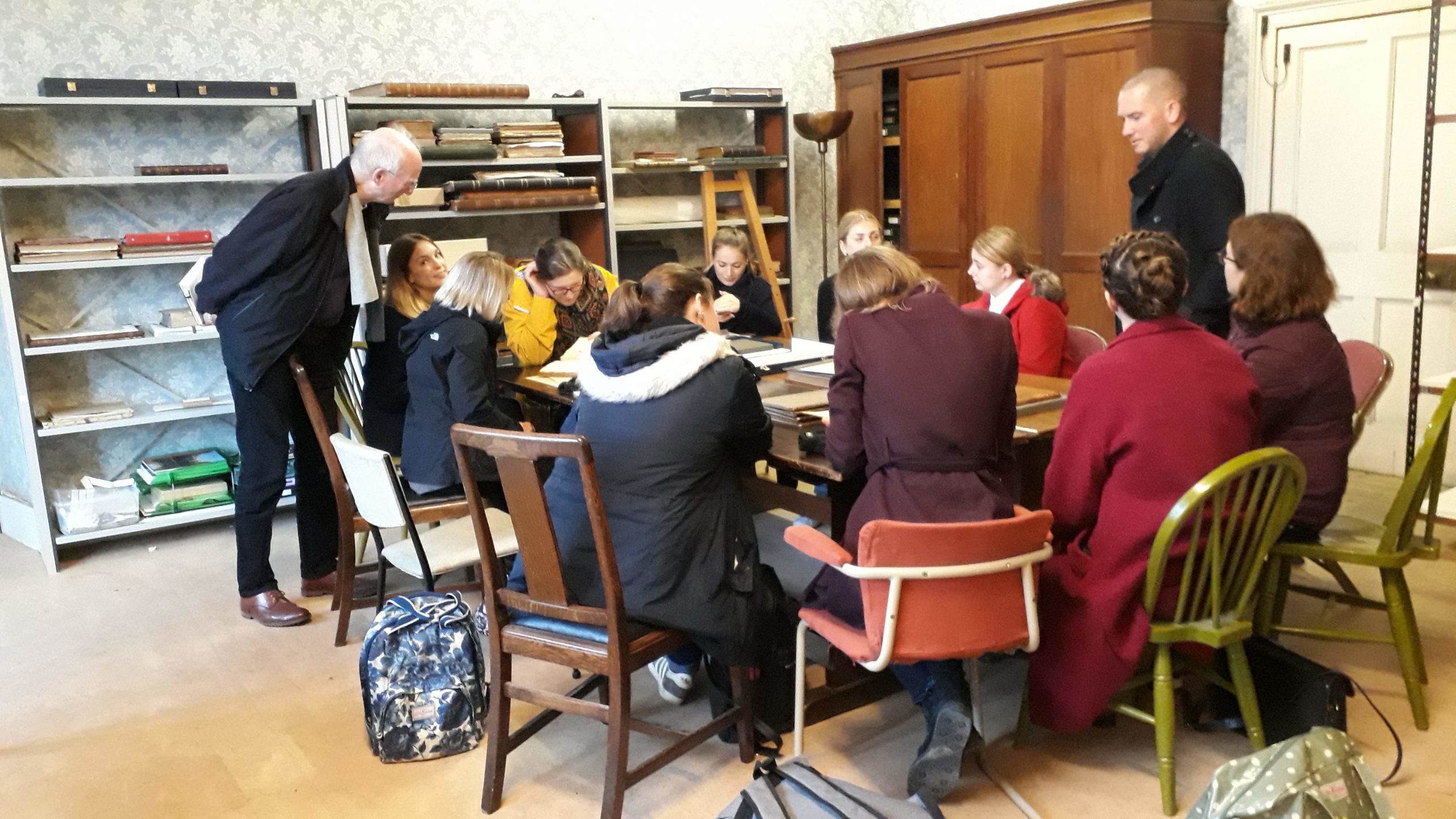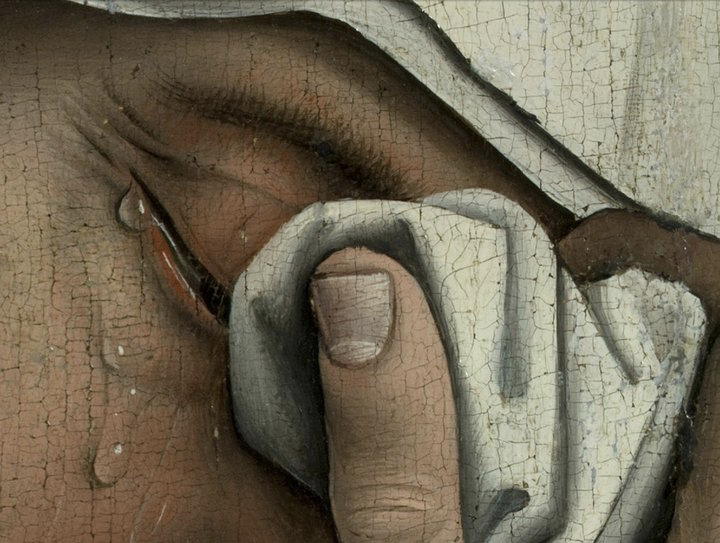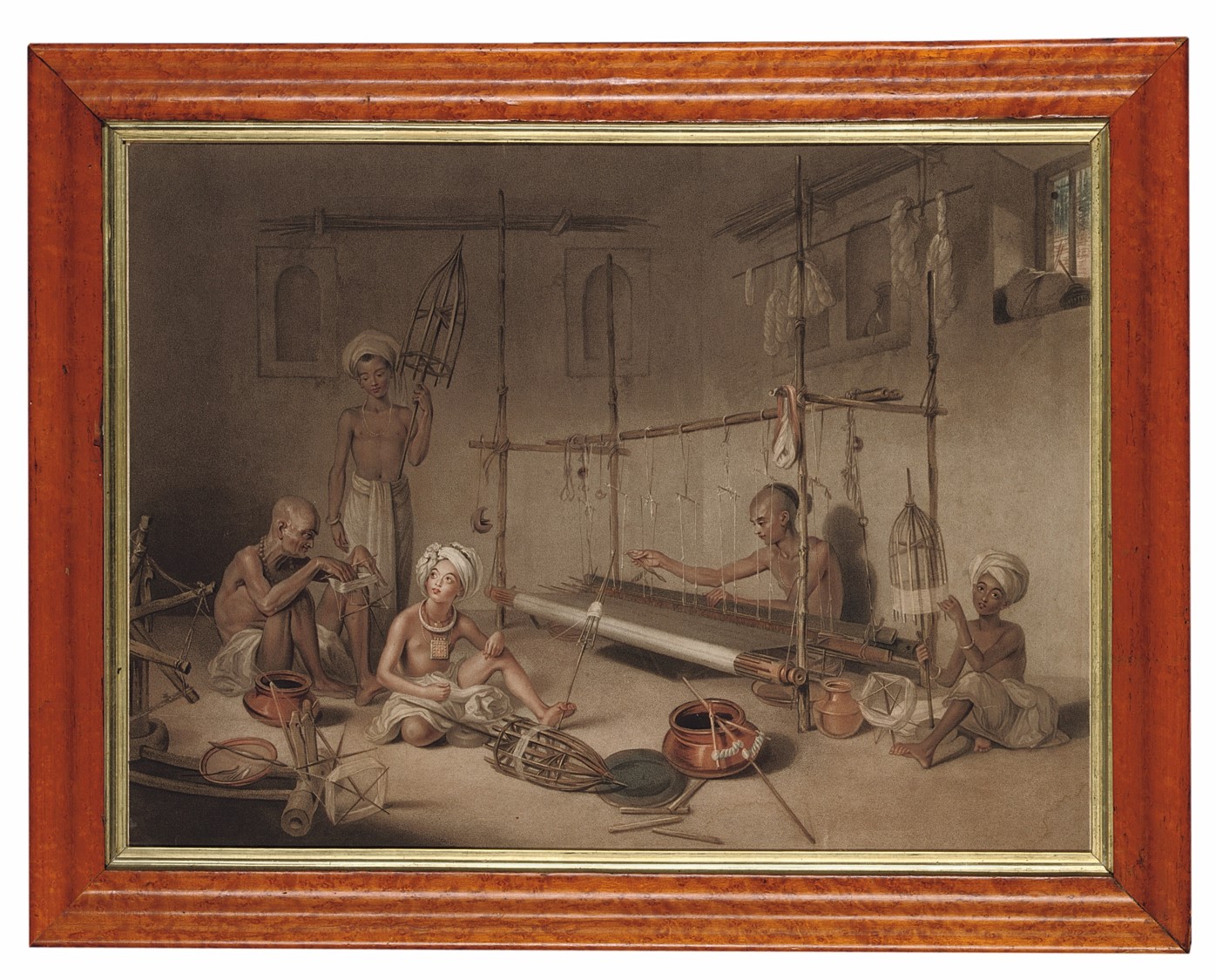So, it’s Brexit day. The best way I could think of to mark it was celebrate Birkbeck and the department of History of Art as sites of openness, diversity and cosmopolitanism, via some stats: Birkbeck has 12125 students, of which 1840 are EU nationals and a whopping 5158 declare a nationality other than British. In our department, of 372 students, 51 are EU, and 124 are of non-British nationality. We have an international group of staff from 4 continents, and we work on material from across Europe (including Italy, Austria, Poland, Czech Republic, the Nordic countries, France, Kosovo, and Turkey, as well as the UK) and across the world. It’s also worth saying that we’re a department that is committed to understanding and interrogating British culture, in all its complexity and messiness. No simple answers here!
Here’s a work by a European in London about 150 years ago, to contemplate as the witching hour of 11pm passes:
Jennifer Tucker (Wesleyan University, Connecticut) was a visiting professor at the Birkbeck Institute for Humanities recently, connected to the department’s History and Theory of Photography Research Centre. She’s been in touch to share this fascinating and topical piece from the online magazine Art Net. It’s about on a controversial recent episode of censorship involving the US National Archives and a photo of the 2017 Women’s March in Washington.

WASHINGTON, DC – JANUARY 21: Protesters walk during the Women’s March on Washington, with the U.S. Capitol in the background, on January 21, 2017 in Washington, DC. Large crowds are attending the anti-Trump rally a day after U.S. President Donald Trump was sworn in as the 45th U.S. president. (Photo by Mario Tama/Getty Images)
The annual Burlington Magazine Contemporary Art Writing Prize (£1000 – not bad!) is open for entries, with a deadline of 6 April. More here. (Warning – age discrimination: you have to be 35 or under to enter…)
A reminder of some upcoming talks:
3 February, 5pm, Keynes Library: the Murray Seminar in Medieval and Renaissance Art welcomes James Hall, who’ll be speaking on ‘Embattled Exclusivity: the Aesthetics and Politics of Michelangelo’s Attack on Flemish Painting’.
6 February, 6pm, Keynes: The Centre for Museum Cultures presents a joint talk by curator and researcher Bergit Arends and Louise Lawson, Conservation Manager for Time-Based Media at Tate. They’ll address the complex issue of ‘Time-based media in the museum: conserving and activating performance’.
7 February, 6pm, Keynes: The Architecture Space and Society Centre hosts its annual Thinker in Architecture lecture. Emma Cheatle (University of Sheffield) will be speaking on ‘Feminist Ethnography and “writing-architecture-nearby”’.
Finally, I have some sad news about one of our students that I wanted to share, since many past and current MA students will have known her. Karen Childs passed away on January 19th after a long battle with cancer. Karen was a student on the MA History of Art starting in 2014-15. Those of you who encountered her will I’m sure agree that she was an exceptionally friendly, curious and brave person, as well as being extremely elegant. Turns out she also contributed to advances in cancer treatment as a pioneering participant in a study at the Royal Marsden hospital, as you can see in this piece from BBC news (with a characteristically upbeat Karen featured).
Karen’s family has let us know that all are welcome to come and remember her at the funeral in St Alban’s on Monday 10 February. Please contact me (Leslie Topp: l.topp@bbk.ac.uk) if you would like details.
Here’s a photo of Karen:
. . Category: Uncategorized











